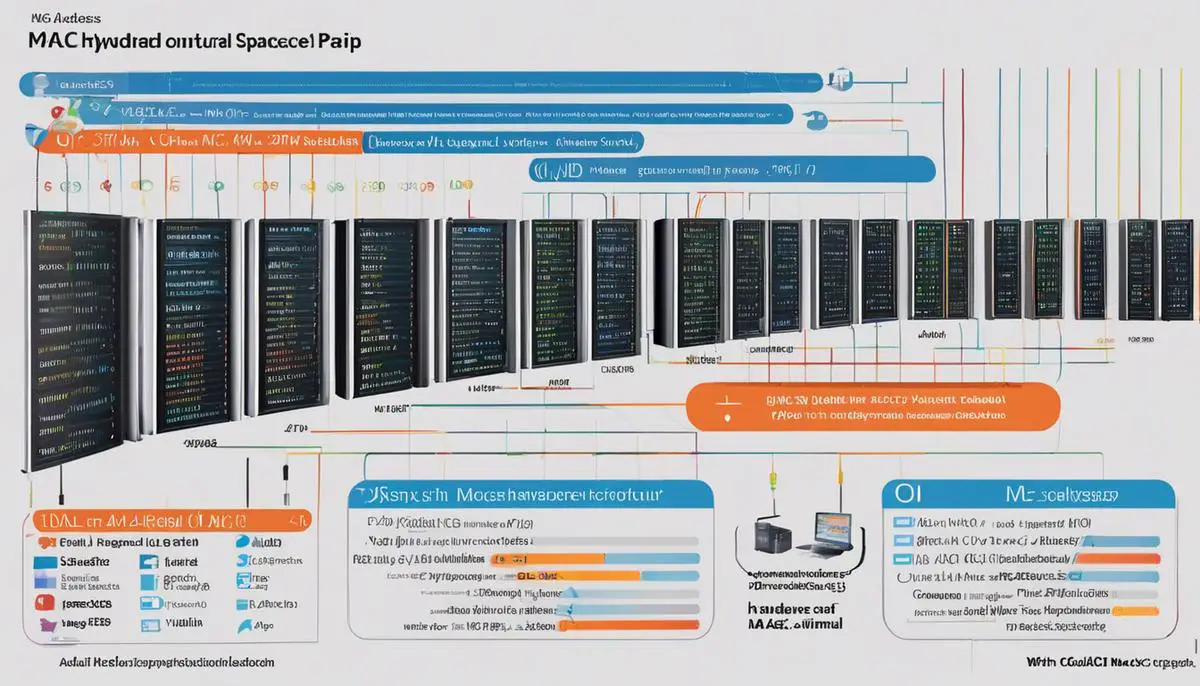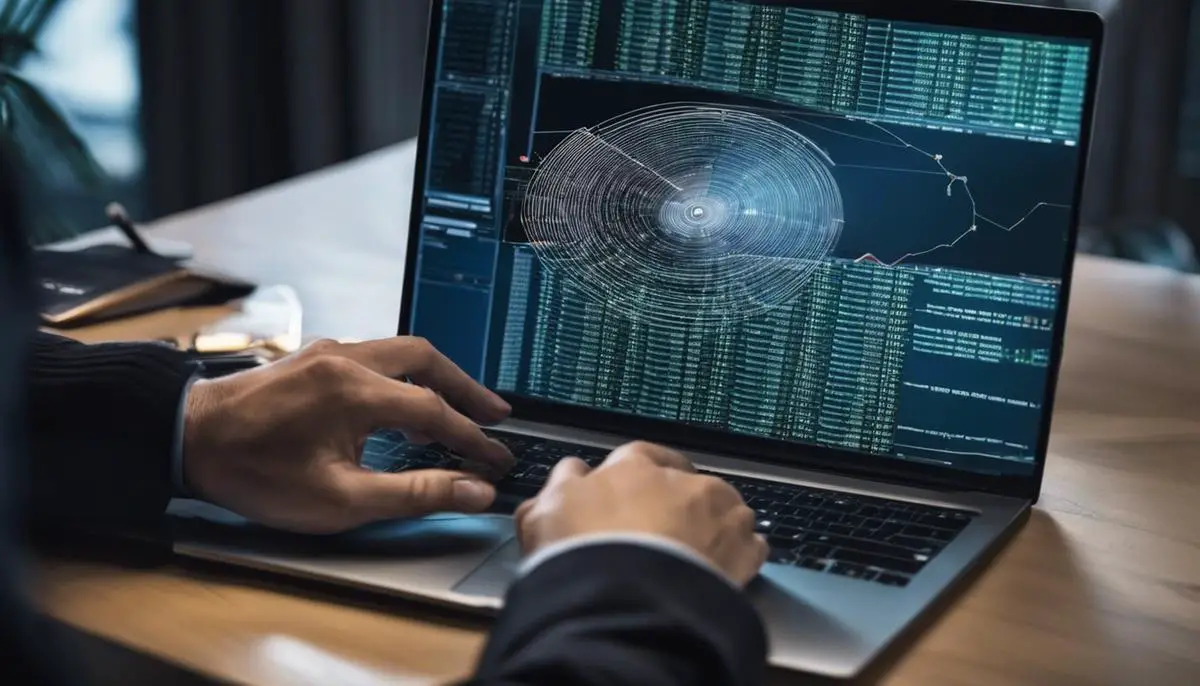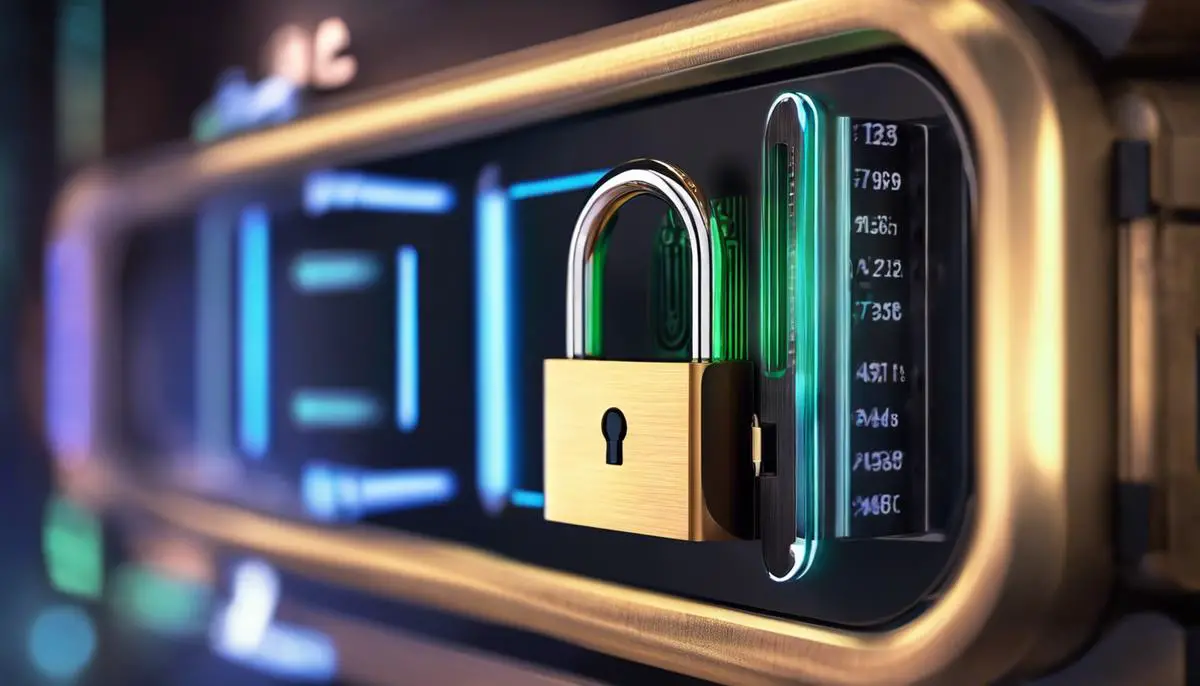In the realm of network communication, MAC addresses serve as the unique identifier assigned to every device interfacing with a network. Understanding these strings of hexadecimal values is not only critical for IT professionals but also for the general public who seek to comprehend the fabric of digital connectivity. This foundational knowledge is the cornerstone upon which we can discern how devices communicate and are recognized on a local network segment. As we delve into the intricacies of MAC addresses, we navigate the bridge between the physical hardware and the vast world of network communication. Our exploration will illuminate the varied tools at our disposal for scanning networks and how each can reveal the devices sharing our digital ecosystem.
Understanding MAC addresses
Decoding MAC Addresses: The Unique Identifier for Network Hardware
In the sphere of network computing, every device needs a unique identifier to communicate on a LAN (Local Area Network). Enter the MAC (Media Access Control) address, a distinctive, factory-assigned identifier crucial to the networking framework.
What is a MAC Address?
A MAC address is a 48-bit number, meaning it consists of 48 binary digits. Each digit can be either a 0 or a 1. This 48-bit number is usually presented in hexadecimal format for human readability, totaling 12 characters, often separated into pairs by colons (:) or hyphens (-). These hex digits represent numbers from 0 to 9 and letters from A to F.
How is a MAC Address Structured?
Understanding the anatomy of a MAC address unveils strategic patterns:
- The first half, or 24 bits (6 hexadecimal characters), is the Organizationally Unique Identifier (OUI). This OUI is assigned by the IEEE (Institute of Electrical and Electronics Engineers) to the manufacturer of the network device.
- Following the IEEE’s convention, the first digit of the OUI tells you if the address is unicast (sent to a single network adapter) or multicast (sent to multiple adapters). If the second character in the address is even, it’s unicast; if it’s odd, it’s multicast.
- The remaining 24 bits (the last 6 hexadecimal characters) are the Network Interface Controller (NIC) specific part, which is assigned by the manufacturer to give each network interface card or chip a unique identifier.
Every MAC address should be globally unique, thanks to this structure. It’s critical for ensuring that every device on a network can be individually addressed, thus avoiding potential address conflicts that could disrupt communication.
The structure of the MAC address allows not only for unique identification but also for certain levels of network security; MAC filtering is a common form of access control on many wireless networks.
In a world that is increasingly interconnected, the significance of MAC addresses remains undiminished. From ensuring data packets find their way to the correct device to securing networks by limiting access, MAC addresses are foundational to modern network communication. As new devices continue to flood the market, and the Internet of Things (IoT) weaves an ever more complex web of connectivity, the importance of understanding the structure and function of MAC addresses cannot be overstated. For the technophile, mastering such details isn’t just about knowledge; it’s about maintaining the digital ecosystem efficiently and effectively.

Network Scanning Tools
Essential Tools for MAC Address Scanning on Networks
In the realm of network administration and security, scanning for MAC (Media Access Control) addresses is a fundamental task. It serves the purpose of inventory management, security auditing, and troubleshooting connectivity issues. For those who prioritize efficiency, automating this process is a must. Here’s a rundown of some leading tools that can simplify the task of scanning networks for MAC addresses.
Advanced IP Scanner
This free, fast, and easy-to-use network scanner for Windows can locate all the devices on your network and provides access to shared folders and FTP servers. Advanced IP Scanner allows you to scan hundreds of IP addresses simultaneously and can retrieve any computer’s MAC address.
Nmap (Network Mapper)
Nmap is a powerful open-source tool for network discovery and security auditing. It works by using raw IP packets to determine which hosts are available on the network, what services those hosts are offering, and what operating systems they are running among other features. To grab MAC addresses, use Nmap’s ARP scan feature with the following command:
nmap -PR -oX scan.xml <target>
Angry IP Scanner
Angry IP Scanner is another freely available network scanner designed to be fast and simple to use. It scans IP addresses and ports and is cross-platform. The program uses a scanning method that can retrieve MAC addresses from any system that has an IP, albeit it is most effective on local subnets.
Wireshark
Wireshark is synonymous with network protocol analysis. It is also capable of capturing packets from network traffic and displaying that data. You can filter that traffic to show only ARP requests and responses to gather MAC addresses. Note that while powerful, Wireshark may be overkill if MAC address scanning is the sole requirement.
SoftPerfect Network Scanner
This multi-threaded IP, SNMP, and NetBIOS scanner can detect hidden shares and writable ones, as well as retrieve virtually any information about network devices via WMI, SNMP, HTTP, SSH, and PowerShell. It can also resolve hostnames and auto-detect local and external IP address ranges. For MAC addresses, it delivers and presents the data efficiently.
LizardSystems Network Scanner
Designed for both system administrators and general users interested in computer security, this tool can not only find MAC addresses but can also check for servers and identify shared folders and writable ones.
MAC Address Lookup Tools
In addition to the aforementioned scanning tools, there are also online services that allow for MAC address lookups. These aren’t scanners but are valuable for determining the manufacturer of a network card based on the MAC address by checking the first part of the address against a database of OUIs.
Each tool has its own set of strengths, offering a balance between thorough network scanning and simplicity. For network administrators and security professionals, knowing which tools to employ is pivotal to maintaining the integrity and sanity of network infrastructure. These tools get the job done without the fluff or needless complexity, adhering to a tech enthusiast’s desire for precision and utility. Opt for the one that best aligns with the required scope and precision of the task at hand.

Legal and Ethical Considerations
The tracking of MAC addresses, unique to each network interface, straddles a fine line between utility and infringement on privacy, raising various legal and ethical questions. In discussions surrounding security, localization features, and marketing strategies, the implications of MAC address tracking are profound.
Legally, the tracking of MAC addresses intersects with data protection laws, such as GDPR in Europe or different state laws in the U.S like the California Consumer Privacy Act (CCPA). These laws typically require organizations to obtain consent before collecting personal data. While a MAC address in isolation may not be classified as personal data, once correlated with other information, it can potentially identify an individual, triggering privacy law considerations.
Ethically, tracking MAC addresses without consent for monitoring or profiting from customer behavior can be seen as a violation of individual privacy rights. It is crucial to assess the scale and intent of tracking. For instance, using MAC addresses to understand traffic flow in a smart city project is often viewed as a societal benefit. Conversely, using them to monitor employee movements without clear consent and transparency could be seen as intrusive.
In the realm of cybersecurity, MAC address spoofing is a technique used by malicious actors to mask their devices’ identity, posing significant challenges to network security. Legally, using MAC address spoofing for illicit activities is undoubtedly criminal, yet from an ethical standpoint, some argue that the ability to spoof MAC addresses is a necessary component of privacy protection tools for individuals within oppressive regimes or those legitimately concerned with privacy.
The integration of MAC address filtering as a security measure must be accompanied by transparency and robust data protection methodologies. Holding and tracking such identifiers necessitates secure databases, strict access controls, and a clear understanding of the retention period, ensuring compliance with laws like GDPR.
In marketing, while MAC address tracking can offer insights into shopping behaviors and in-store habits, it raises ethical considerations around informed consent and consumer awareness. Legal mechanisms may safeguard against unauthorized data collection, but ethically, transparency about data usage is paramount. Retailers utilizing this technology must clearly illustrate opt-in and opt-out provisions for their customers, aligning advertising benefits with consumer privacy rights.
Guidelines for the use of MAC address tracking must be comprehensive, reflecting the composite web of legal stipulations and ethical standards. Companies undertaking such tracking must conduct vigorous impact assessments to weigh technological benefits against individual rights and freedoms.
In conclusion, navigating the legal and ethical landscape of MAC address tracking requires a balanced approach, careful data governance, and an ongoing commitment to respecting user privacy. Technological advancements offer power, but the pursuit of innovation must not override the responsibility towards the ethical mandate of respecting individual privacy and the legal frameworks designed to protect it.

Navigating the complexities of MAC addresses uncovers a dual landscape where technological utility meets privacy considerations. As we have traversed through the understanding of MAC addresses, the intricacies of network scanning tools, and the paramount importance of adhering to legal and ethical standards, it becomes clear that our responsibility extends beyond technical knowledge. The insights gained here are a call to balance the pursuit of information with the respect for individual privacy and the binding regulations that govern our actions. It is in this balance that we find the path towards informed and responsible network management, ensuring that our endeavors are not only effective but also principled and aligned with the larger societal values.